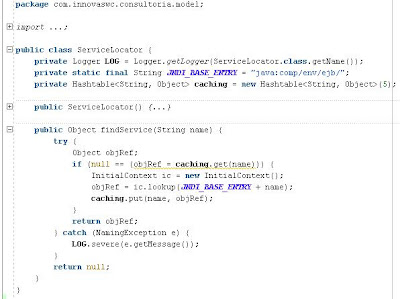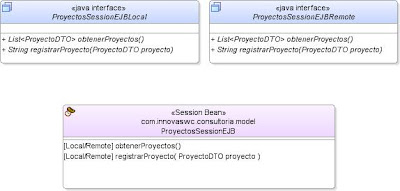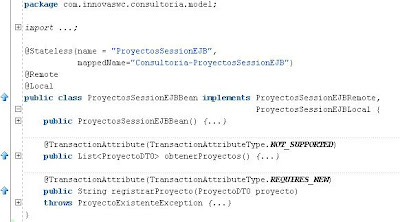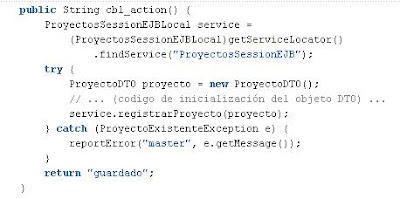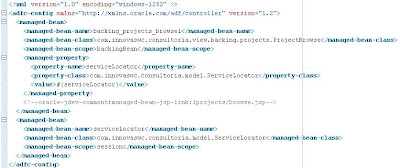De acuerdo con IBM, los servicios se pueden clasificar de acuerdo con los cuatro tipos siguientes:
Servicio de Proceso de Negocio. Representa una secuencia de actividades que cumplen una meta de negocio. Son servicios obtenidos a través de la composición desde otros servicios (coreografía)
Servicio de transacción de negocio. Representan funciones de negocio que pueden cambiar el estado del negocio en alguna forma.
Servicio de función de negocio. Representa funciones del negocio que por sí mismo no cambian el estado del proceso de negocio.
Servicio de función técnica. Servicios que proveen las funciones técnicas o de infraestructura requeridas para dar soporte a las interacciones de los servicios.
De acuerdo con Forrester en "Leveraging Legacy: The Fast Track To SOA" (http://www.unisys.com/eprise/main/admin/corporate/doc/Leveraging_Legacy-Fast_Track_to_SOA_-_revised_FINAL.PDF) los servicios pueden ser clasificados en tres grandes tipos.
Business Services. Business services aim to deliver a business capability, a complete business unit of work, like “submit order” or “view customer activity.” The design of a business service fouses purely on business issues and requirements, such that one would define a single “retrieve customer” business service regardless of how many different applications are involved (e.g., some firms might have four or more customer applications).
Application Services. These deliver business functionality, but they are designed around the specific technical limitations and capabilities of a given application. Their focus is more on application integration issues than pure business requirements. For example, a firm with four different customer data stores may, for technical reasons, require dedicated “retrieve customer” services for each application. De acuerdo con Microsoft (visitado 2009) este tipo de servicio se divide en (1) Entity Services - expose and allow the manipulation of business entities -, (2) Capability Services - implement the business-level capabilities of the organization, and represent the action-centric building blocks (or "atomic verbs") that make up the organization's business processes - (3) Activity Services - implement the functional building blocks of the application (sometimes referred to as components or modules) - y (4) Process Services - compose and orchestrate entity, capability, and Activity Services to implement business processes.
Infrastructure Services. These provide technical support functions, such as authentication, authorization, logging, generalized data access, access to communication channels, and the like. For example, to retrieve customer data from an infrastructure service, a generic data access service might take as input a database name and query specification, returning the requested data without knowing the meaning of the data.
Microsoft (http://msdn.microsoft.com/en-us/library/bb491121.aspx#jour11ontology_topic1) define a este tipo de servicio como servicios del "Bus Services" - common facilities that do not add any explicit business value, but rather are part of the required infrastructure for the implementation of any business process in an SOA. Bus Services are typically purchased or centrally built components that serve multiple applications and, as a consequence, are typically centrally managed -. Esta categoría se divide luego en (1) Communication Services - provide message-transfer facilities such as message-routing and publish-subscribe - y los (2) Utility Services - provide capabilities unrelated to message transfer such as service-discovery and identity federation.
